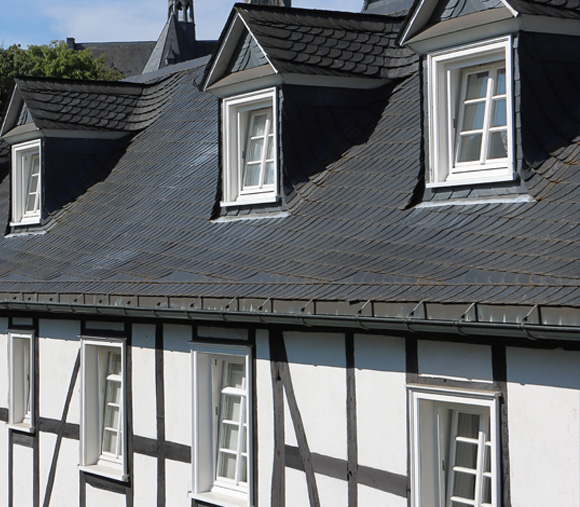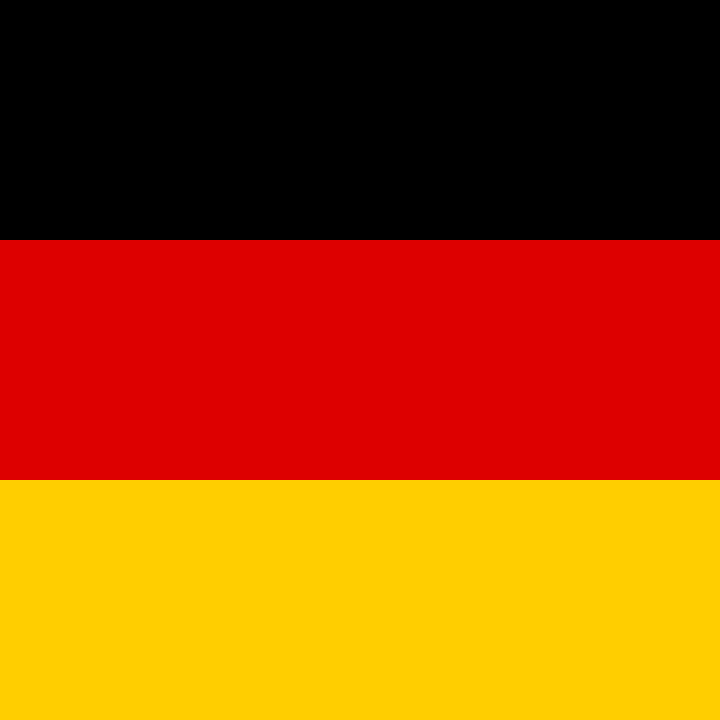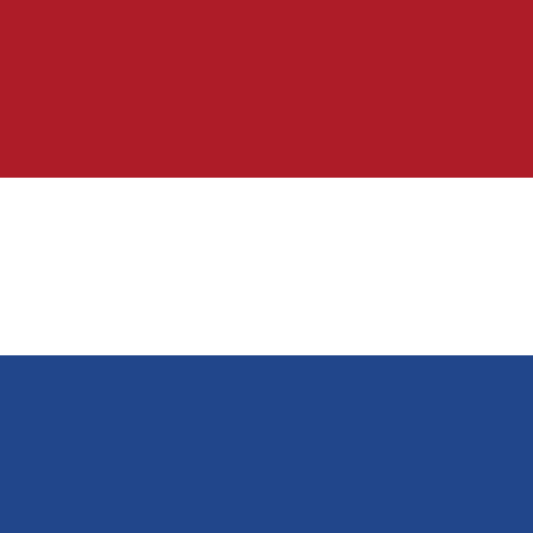
- Audio-Führung
starten - Hörspiel
für Kinder - Audio-
Führung für
Sehgeschädigte
12Tanners’ quarter
Tanners’ workshops and houses used to be located in in Weierhohl, the outskirts of Olpe. After metalworking, the processing of hides to make leather was a major industry in the town. The trade had its peak in the 19th century, when up to 17 tanneries were producing leather here. As the century drew to a close, the trade went into decline, with ultimately only one business remaining, the Theodor Lütticke leather factory, which became bankrupt in 1933. Small businesses in particular had been unable to invest in modernising their manufacturing processes. But also increasing customs duties on hides imported from abroad contributed. However, the beneficiaries of this crisis were the environment, since the tanneries had long been responsible for polluting the Olpe and also for exposing the town’s inhabitants to a dreadful stench.
The location for the workshops at the foot of the old town – between the Olpe and the mill race – was well chosen because tanners needed a great deal of water.
A fire destroyed most of the houses in Weierhohl in 1810; it had been spared when the rest of the town burned down in 1795. Some tanners’ houses were rebuilt, mostly consisting of small houses with low ceilings that were a lot more modest than the town houses around the market. However, only one of them, the Kappestein house, has survived. A number of tanners’ houses had already fallen victim to the bombing raids of 28 and 30 March 1945.
The preserved tanner’s house evolved from what were originally two houses through additions during the 19th century, but still convey a rough idea of the humble living conditions in Weierhohl. The building was renovated extensively in 1994.






